Your location:Home >Automotive News >
Time:2022-07-01 15:32:47Source:
On June 30, Baidu Apollo announced that its self-driving travel service platform “Tuipai Kuaipao” has launched a commercial pilot in Wuhan Economic and Technological Development Zone to provide the public with paid self-driving travel services.Prior to this, Baidu's "Carrot Run" has achieved commercial travel services in Beijing, Chongqing and Yangquan, respectively. This time in Wuhan, it will further provide important experience and reference for Baidu to explore the commercialization of Robotaxi.
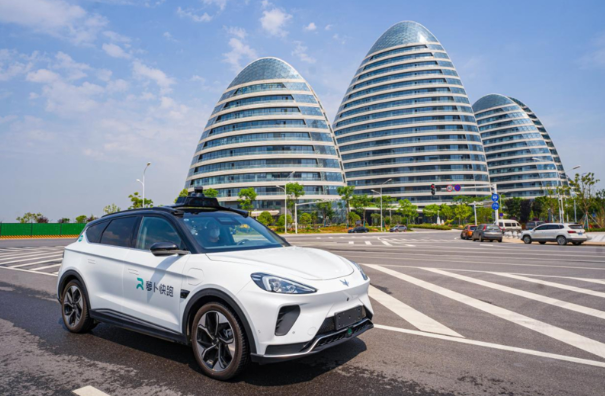
Image source: Baidu Apollo
It is reported that the commercialization pilot project of "Carrot Run" in Wuhan covers 166 kilometers of roads within 30 square kilometers of the Economic Development Zone, and 63 recommended pick-up points have been set up to radiate Jianghan University, Sports Center, In hot spots such as Jingkai Aeon, Jingkai Wanda, and Xianglong Times Square, the service hours will initially last from 9:00 a.m. to 17:00 a.m.
At present, Radish Kuaipao APP, WeChat applet and other applications have pushed payment functions to the public. At this stage, they can enjoy discounts as low as 10% off. Users can call a car with one click through Radish Kuaipao and related applications to meet the needs of work-housing commuting and short-distance travel. Shuttle and other travel needs.
As one of the regions with a high concentration of the domestic automobile industry, Wuhan Economic and Technological Development Zone is taking intelligent and autonomous driving as one of the main directions of attack.According to Tang Chao, director of the Wuhan Economic and Technological Development Zone Management Committee, at the 2022 China Automotive Supply Chain Conference and the first China New EnergyIntelligent ConnectedVehicle Ecological Conference, Wuhan Economic and Technological Development Zone has now built 106 kilometers of vehicle-road collaborative open test roads and scenarios. Abundant intelligent networked vehicle testing grounds, and the loading rate of new models with L2-level assisted driving systems in the region exceeds 30%.
At this stage, Wuhan Economic and Technological Development Zone is in-depth cooperation with leading companies such as Dongfeng, Geely, Neusoft, Baidu, etc., with Junshan New City as the core to build a "double-smart" city with the coordinated development of intelligent network connection and smart city, and cooperates with OEMs, Mobile phone companies have joined forces to build an intelligent ecological chain of "car + mobile phone".
It is worth noting that on the same day, Pony.ai also announced that it has obtained the qualification for the demonstration operation of taxis and logistics vehicles in Guangzhou, and officially launched the charging operation of the self-driving travel service PonyPilot+, which has been in normal operation for more than three years, and adopts the unified pricing of taxis in Guangzhou. standard.
Image source: Pony.ai
The demonstration operation area of PonyPilot+ covers the entire Nansha District. There are more than 500 travel stations in residential areas, commercial centers, transportation hubs, schools, hospitals, etc., and the service hours are from 8:30 to 22:30.Passengers can use the PonyPilot+ App to reserve a vehicle and pay through Alipay or WeChat Pay.
On the 30th, Guangzhou held a pilot event for the autonomous driving hybrid driving of intelligent networked vehicles, and proposed to introduce 2,000 intelligent networked vehicles in stages for the demonstration operation of people and goods.In the follow-up, Guangzhou will gradually carry out mixed driving pilots in multiple regions to accelerate the promotion and commercialization of autonomous driving technology achievements.
After several years of exploration, domestic autonomous driving is in a stage of rapid development.According to relevant statistics, in the first quarter of 2022, the number of L2-level passenger vehicles in my country's intelligent networked vehicles covered by insurance accumulated to 1.4299 million, a year-on-year increase of 59%, and the penetration rate reached 30.1%, an increase of 12.8% from the same period last year.
Thanks to the rapid development of core sensors, algorithms, computing platforms and other technologies, as well as the pursuit of a safer and more reliable driving experience in the terminal market, autonomous driving is accelerating from ADAS to high-level autonomous driving.Previously, a number of autonomous driving companies and Tier 1s have indicated that they are developing L3 autonomous driving, and have obtained the designation of relevant car companies, which are expected to be gradually implemented this year and next.
For higher-level L4 autonomous driving, based on the promotion of a series of Robotaxi commercialization pilot projects, while realizing efficient data collection to feed back the development of autonomous driving technology, it also enhances consumers’ confidence in autonomous driving to a certain extent. It has laid a solid foundation for Robotaxi to land on a larger scale in the future.
According to the forecast of relevant agencies, around 2025, Robotaxi's new technology cost is expected to be equal to the labor cost ofonline car-hailing and taxis, and will gradually replace human-driven taxis.According to KPMG's forecast, Robotaxi will achieve large-scale commercial application around 2030.
Statement: the article only represents the views of the original author and does not represent the position of this website; If there is infringement or violation, you can directly feed back to this website, and we will modify or delete it.
Preferredproduct
Picture and textrecommendation
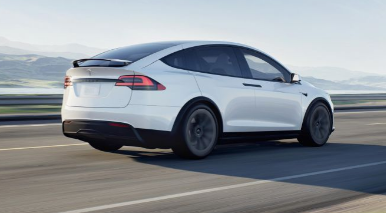
2022-08-04 12:57:12
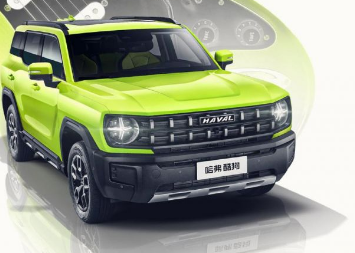
2022-08-04 12:56:48
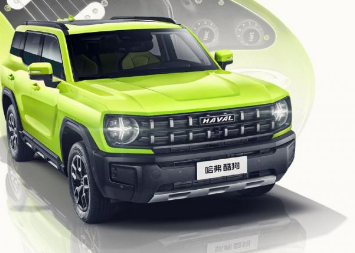
2022-08-04 12:56:28

2022-08-04 12:56:04
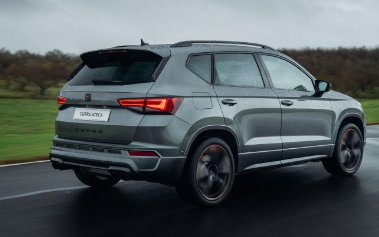
2022-08-04 12:55:36
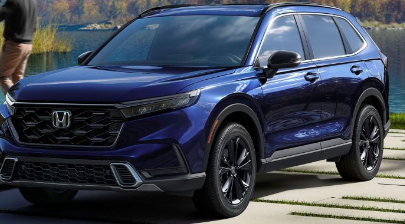
2022-08-04 12:55:11
Hot spotsranking
Wonderfularticles
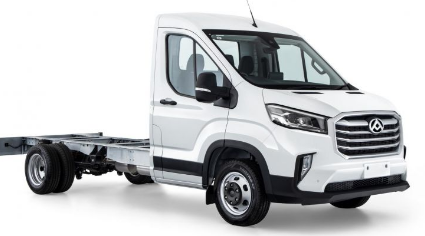
2022-08-04 12:54:48
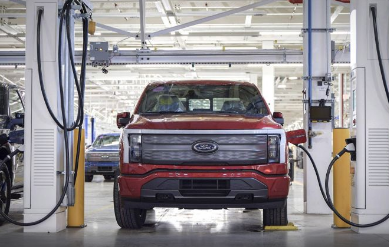
2022-08-04 12:54:20

2022-08-04 12:53:54

2022-08-04 12:53:32
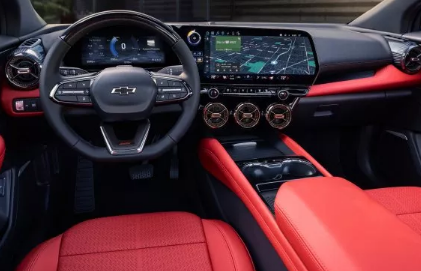
2022-08-04 12:53:03
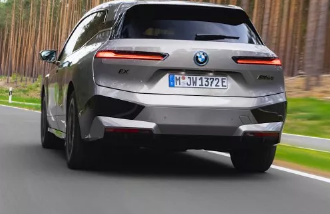
2022-08-04 12:52:26
Popularrecommendations
